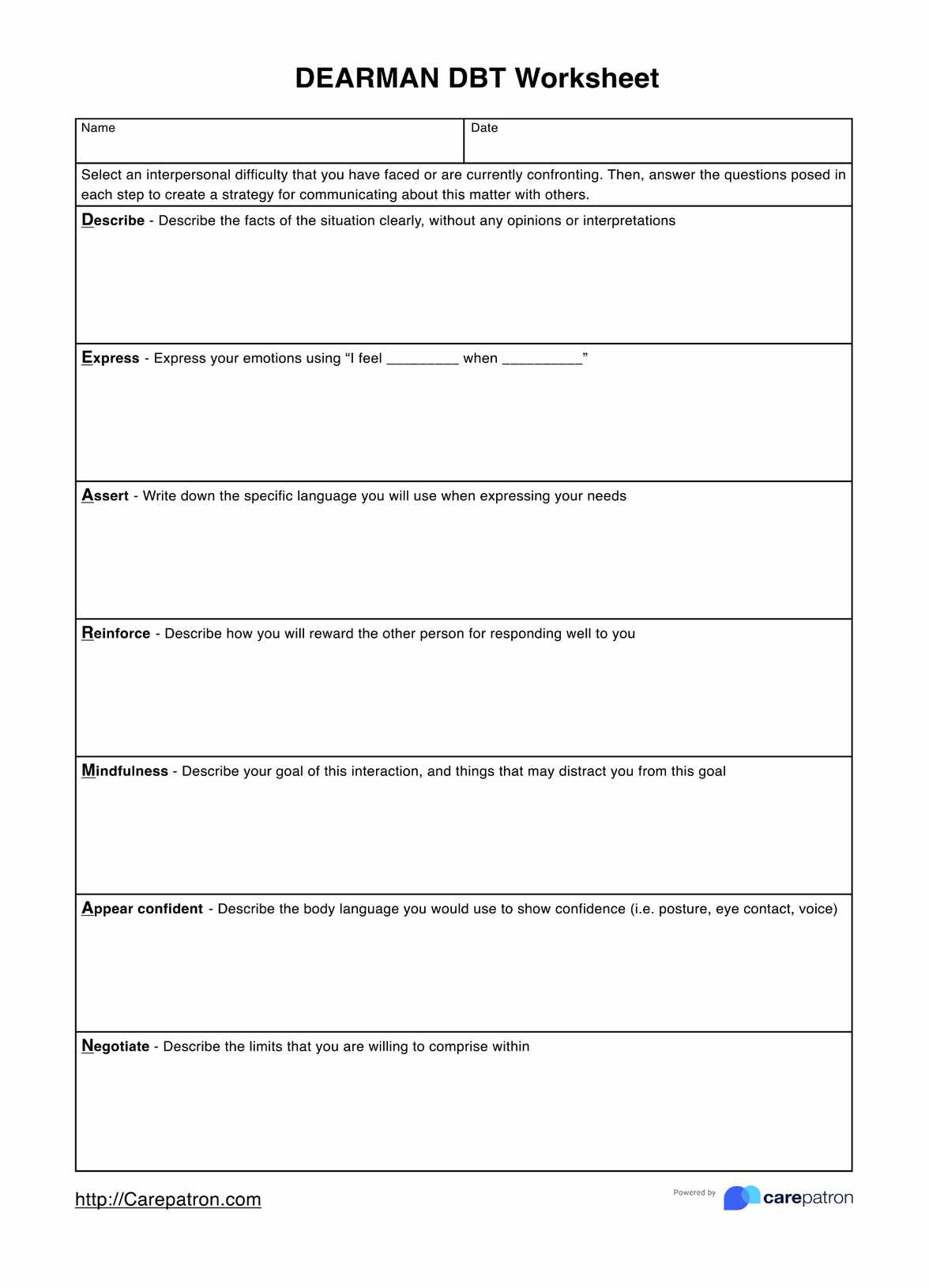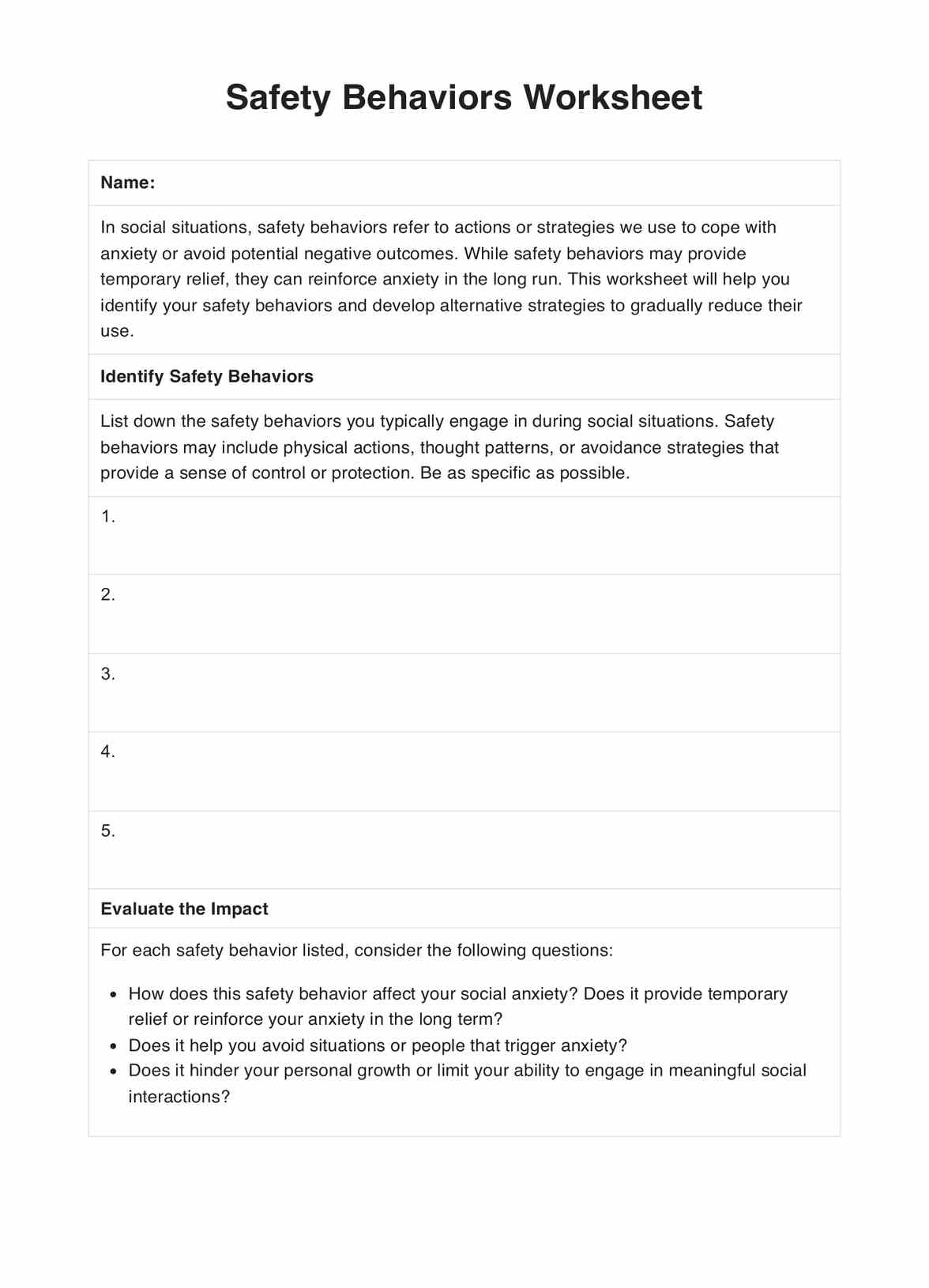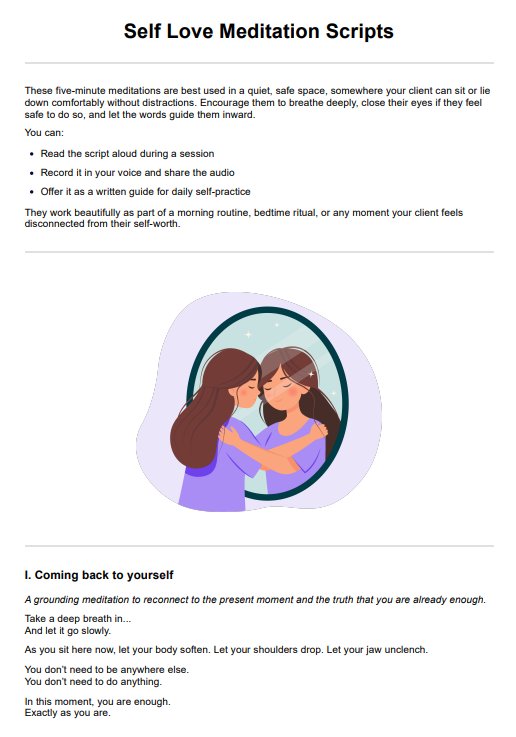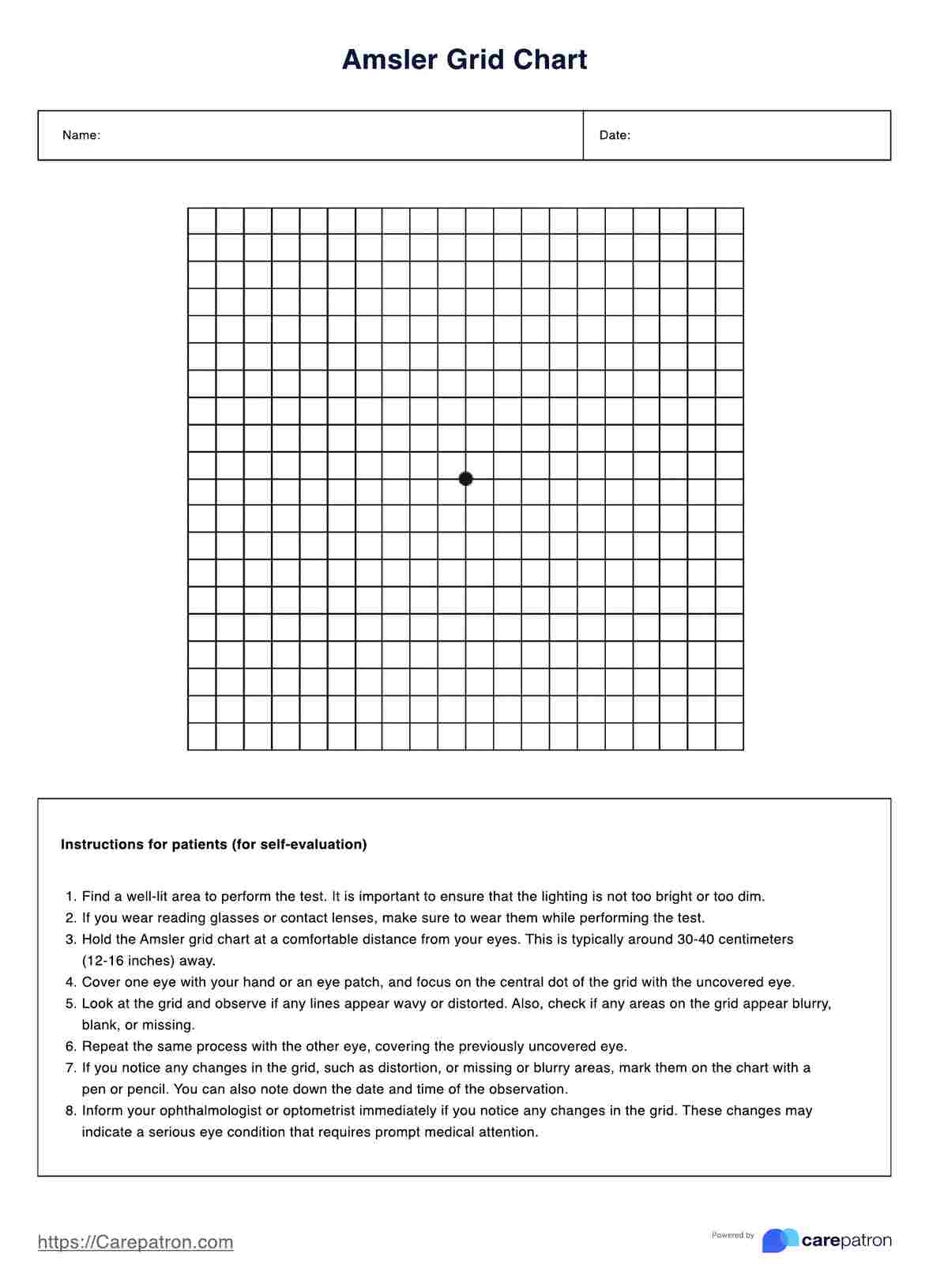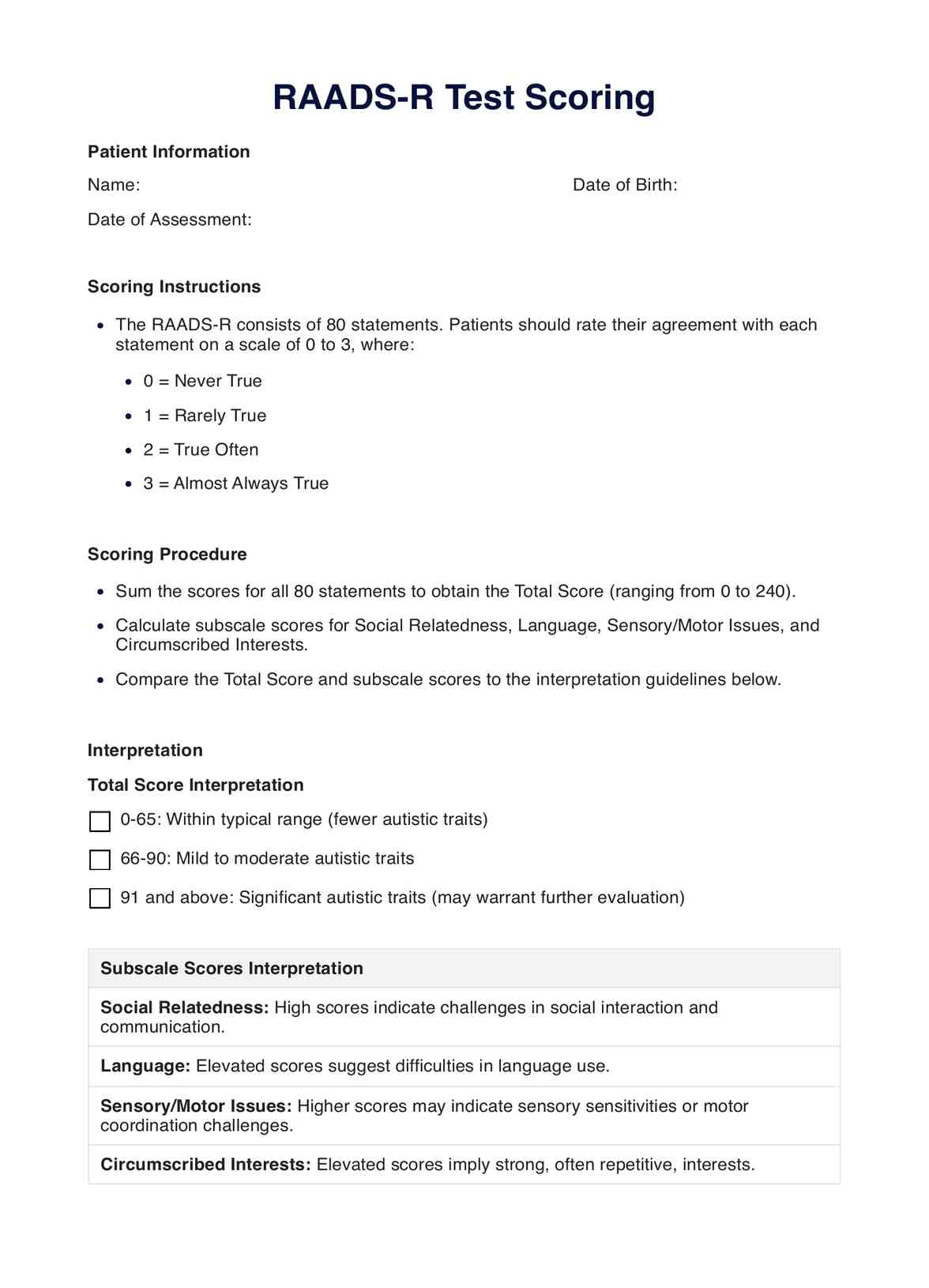Drama Therapy Exercises Handout
Try drama therapy exercises and techniques to help your clients express and deal with emotions creatively. Use our free handout template.


What is drama therapy?
Drama therapy is a dynamic form of psychotherapy that integrates creative process and theater techniques to support emotional expression, self-exploration, healing, and personal development. It offers a powerful alternative to traditional talk therapy, allowing participants to engage in role-playing, storytelling, movement, and self-expression in a safe and controlled environment. These activities help individuals foster personal growth, enhance personal relationships, and work toward achieving their therapeutic goals.
Drama therapy uses art therapy principles to engage the body and mind in the healing process. By employing dramatic expression, participants can explore their emotions and experiences in a creative and structured way. This creative therapy enables clients to develop self-awareness, practice new coping strategies, and gain insights into their behaviors and relationships.
Guided by trained drama therapists, participants use expressive techniques such as role-playing and movement therapy to process emotions and improve their observation skills. The ultimate goal is to empower individuals to navigate challenges, strengthen relationships, and build emotional resilience through the transformative power of storytelling and drama.
Drama Therapy Exercises Handout Template
Drama Therapy Exercises Handout Example
What are examples of Drama Therapy Exercises?
Drama therapy techniques help individuals process emotions, improve body awareness, and enhance observation skills. Here are some examples:
- Role-playing: Participants step into different roles to explore perspectives and practice new behaviors. This is central to the "Silent scene" and "Emotion charades" exercises in the template, where participants act out scenarios or emotions.
- Storytelling: Encourages participants to share personal narratives or fictional stories, helping them articulate feelings and experiences as well as a deeper understanding of themselves. The "Silent scene" exercise uses storytelling through non-verbal communication.
- Body language exploration: Focuses on interpreting and expressing emotions through physical gestures and posture. Both the "Mirror Exercise" and "Emotion Charades" in the template enhance this skill.
- Creative movement: Participants use physical activity to explore and release emotions, often combining movement with expressive gestures. The "Mirror Exercise" aligns with this technique, promoting fluid and intentional movement.
- Improvisation: Spontaneous, unscripted actions encourage creativity and adaptability. The "Silent Scene" exercise incorporates improvisation as participants create a narrative in real-time.
- Role reversal: Participants swap roles to gain insight into others' perspectives and interactions. While not explicitly listed, the feedback elements in "Body Language Sculpting" reflect aspects of role reversal.
These exercises, guided by a qualified drama therapist, foster emotional healing, improve interpersonal relationships, and allow participants to explore their own stories in a safe and controlled environment.
How does our Drama Therapy Exercises Handout work?
Our Drama Therapy Exercises Handout template is a helpful tool for quickly structuring drama therapy sessions. Even if you are not a qualified drama therapist, you can still try the following drama therapy activities in our handout. Follow these steps to incorporate them into your practice.
Step 1: Access the template
Click "Use template" to open the handout in the Carepatron app's editor, where you can customize it for specific sessions. Alternatively, click "Download" for a ready-to-use PDF.
Step 2: Assess your client’s needs
Evaluate your client’s therapeutic goals and challenges. Use this understanding to select exercises from the handout that best suit their needs and objectives.
Step 3: Guide the client/s through exercises
Introduce the chosen exercises, explaining their purpose and intended benefits. Provide guidance and support as clients engage in the activities to ensure a productive session. Make sure you create a safe and supportive environment for them.
Step 4: Reflect and discuss
After the exercises, facilitate a discussion using the template’s reflection questions. This helps clients process their experiences and gain valuable insights. This step helps make the therapeutic process more effective.
What are the benefits of taking drama therapy?
Drama therapy offers a wide range of emotional, psychological, and social benefits, helping individuals improve their well-being and personal growth. Here are some key advantages:
- Enhanced emotional expression: Drama therapy provides a creative outlet for expressing emotions that may be difficult to articulate verbally, facilitating emotional release and understanding.
- Improved interpersonal relationships: Through various dramatic techniques, participants develop better communication skills, interpersonal skills, and empathy. This strengthens their connections with others.
- Development of coping strategies: Engaging in therapeutic exercises helps individuals build effective tools for managing stress, conflict, and other life challenges, improving mental health.
- Increased self-awareness and body awareness: Activities focused on movement and body language facilitate personal growth by enhancing understanding of physical expressions and their impact on emotions and interactions.
- Fostering a safe and controlled environment: The drama therapy process creates a supportive space for participants to explore feelings, rehearse new behaviors, and address personal challenges without judgment. This helps improve self-esteem.
Commonly asked questions
Drama-based activities are therapeutic exercises that use elements of theater, such as role-playing, storytelling, improvisation, and body language exploration, to help individuals express emotions, develop social skills, and process personal experiences. Some would consider dance therapy a drama-based activity as it is a very expressive art form.
The nine core principles of drama therapy include role-playing, embodiment, storytelling, improvisation, dramatic projection, active witnessing, empathy building, aesthetic distancing, and reflection. These principles guide drama therapists in using theater techniques to support psychological healing and personal growth.
A drama therapist uses drama and theater techniques to help clients explore emotions, resolve conflicts, and improve their well-being. They create a safe, controlled environment for self-expression, guide clients through activities, and facilitate discussions to support healing and personal development.


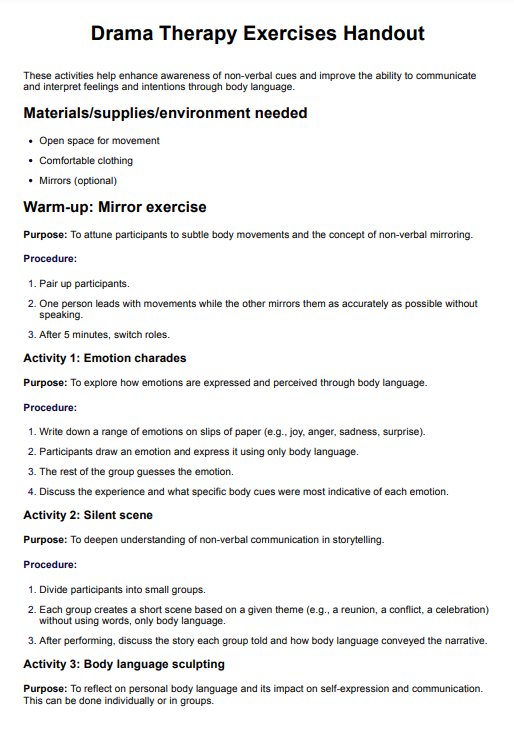
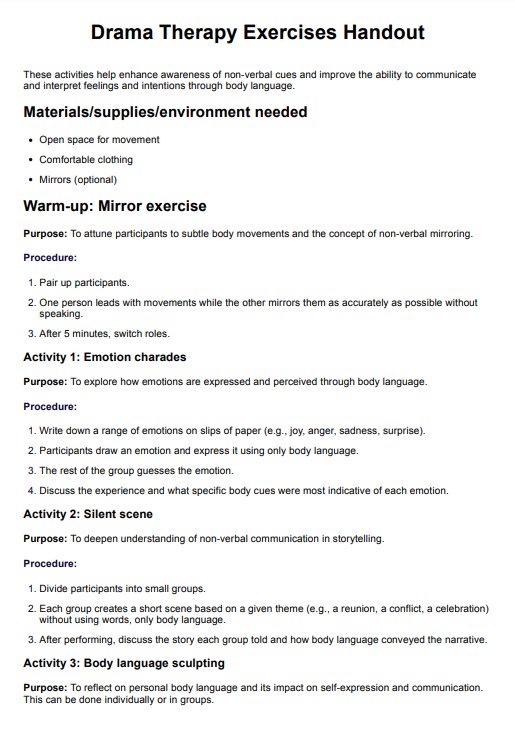

















-template.jpg)



















































































